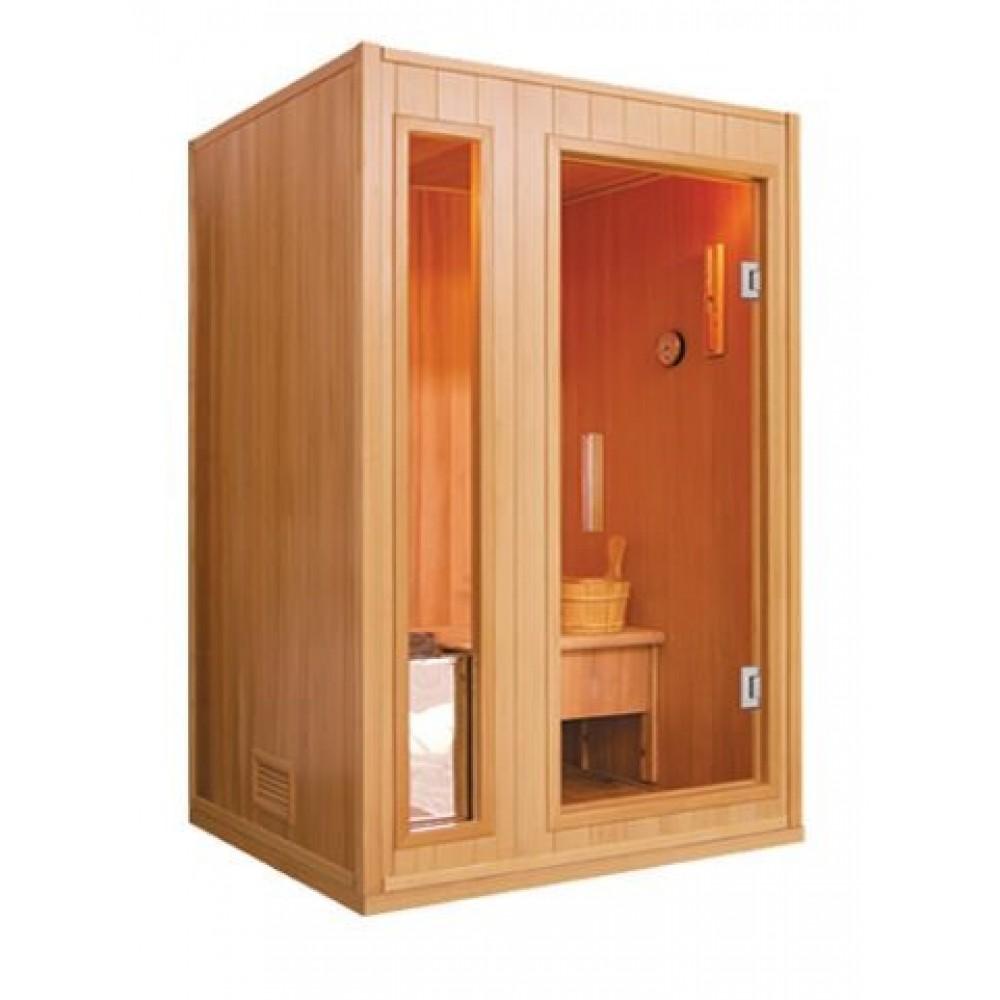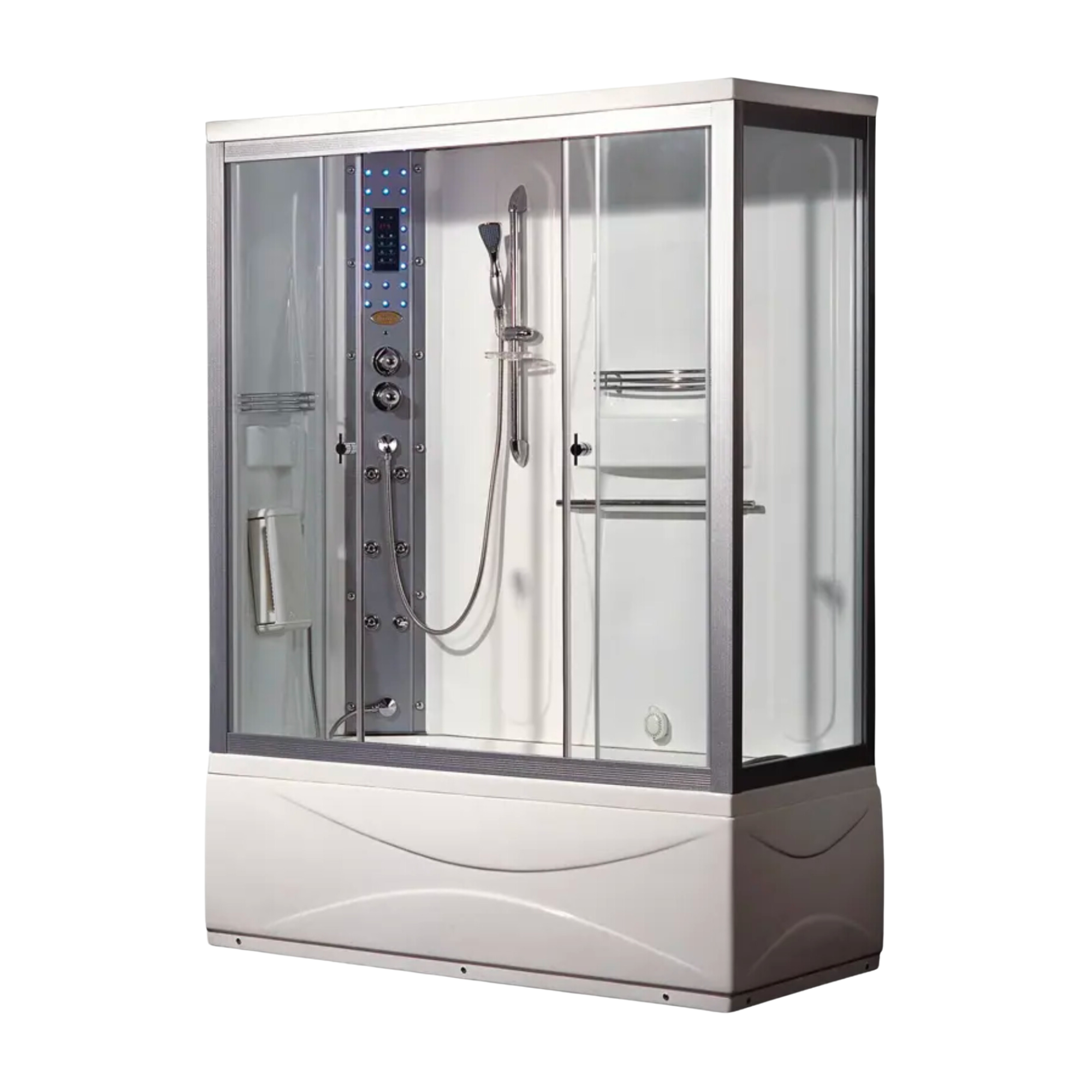Menu
Your cart is empty
Looks like you haven't added anything to your cart yet

Infrared VS Traditional Saunas - What's the Difference & Which is Better For You
Traditional Saunas
Traditional saunas, also sometimes referred to as wet-dry saunas, include an internal heating stove that uses rocks to further produce heat, it's not uncommon for users to use a bucket of water, they put water on rocks to produce steam known as a wet-dry sauna.
Infrared Saunas
Infrared heat is light on a spectrum that our eyes can’t see. Yet, not being able to see it doesn’t mean we can’t experience it. When the infrared light reaches our body, we perceive it as heat. For example, if you get out into direct sunlight then step into the shade, you’ll notice that you feel hotter in the direct sunshine. That’s caused by the infrared light emitted by the sun.
Primary Differences
Traditional Saunas |
Infrared Saunas |
|
Temperature |
170-180° |
130-140° |
Source (heat) |
Sauna Stove / Heater with rocks | Infrared panels |
Heat |
The air is the first to be heated. |
The infrared light penetrates the body first. |
Preparation |
Longer due to heating process. | Generally quicker due to panel being able to produce infrared quickly. |
Time (preparation) |
Generally 30 minutes. | Generally 15 minutes. |
Experience |
Intense heat similar to a dry desert. User typically used for 20-minute bursts followed by a period of cooling via cold shower. | Intense heat similar to being in direct sunlight. Users typically can stay in 40-minutes (or full session). |
*Cost |
*$20 / month | *$10 / month |
Shop |
View Traditional Saunas → | View Infrared Saunas → |
*Cost is based if used 1-hour and 3-time per week but cost widely vary based on several factors. This is a general guideline stating a user can expect cost to be greater when using traditional saunas compared to infrared saunas. Find Your Bath does not hold responsibility not holds accountability towards claims made related to individuals electrical bills and/or cost. Use at your own discretion.
- Choosing a selection results in a full page refresh.








